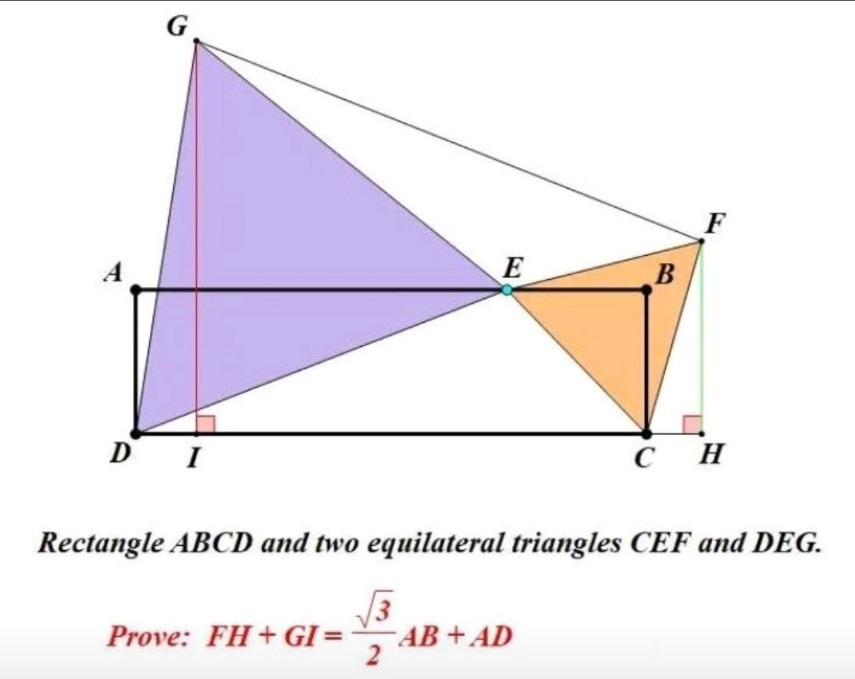
AllQuestion and Answers: Page 308
Question Number 190731 Answers: 2 Comments: 0
Question Number 190730 Answers: 3 Comments: 0
Question Number 190738 Answers: 0 Comments: 0
Question Number 190719 Answers: 0 Comments: 0
Question Number 190717 Answers: 2 Comments: 0
Question Number 190716 Answers: 0 Comments: 0
Question Number 190715 Answers: 1 Comments: 0
Question Number 190708 Answers: 1 Comments: 0

Question Number 190705 Answers: 1 Comments: 0

Question Number 190704 Answers: 1 Comments: 0
Question Number 190702 Answers: 0 Comments: 0
Question Number 190700 Answers: 1 Comments: 0

Question Number 190699 Answers: 0 Comments: 0

Question Number 190694 Answers: 1 Comments: 1

Question Number 190692 Answers: 1 Comments: 0
Question Number 190686 Answers: 2 Comments: 0
Question Number 190679 Answers: 2 Comments: 0
Question Number 190678 Answers: 2 Comments: 0

Question Number 190677 Answers: 0 Comments: 0
Question Number 190672 Answers: 2 Comments: 0

Question Number 190667 Answers: 2 Comments: 0

Question Number 190665 Answers: 0 Comments: 0

Question Number 190660 Answers: 2 Comments: 0
Question Number 190659 Answers: 0 Comments: 0
Question Number 190652 Answers: 0 Comments: 0

Question Number 190636 Answers: 0 Comments: 0

Pg 303 Pg 304 Pg 305 Pg 306 Pg 307 Pg 308 Pg 309 Pg 310 Pg 311 Pg 312
